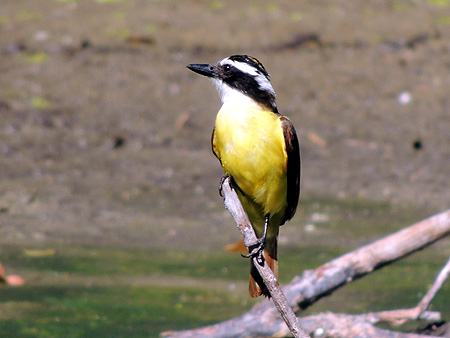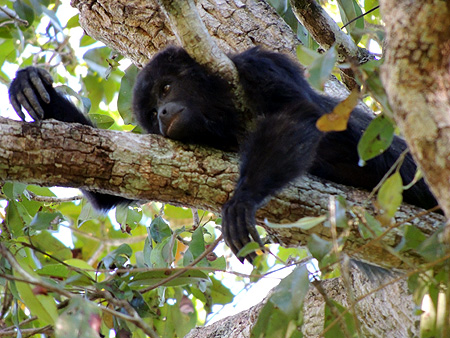|
CALAKMUL BIOSPHERE RESERVE
The Calakmul Biosphere Reserve is the largest protected tropical forest in Mexico, it covers an area of 723,185 hectars and was declared a biosphere reserve by the UNESCO in 1989.
The reserve is between 260 and 385 metres above sea level. The climate is warm, with reduced annual thermic oscilations, and with a yearly rainfall of about 50 mm. It is a region of young sedimentary rock. The topography is of plains and has valleys and riverbeds where the ground is flooded during certain seasons of the year, the ground as a whole is very permeable, however there are some areas where water collects and forms lakes and water holes. The water holes are of particular ecological importance.
Calakmul is a region of tropical jungle that has a very diverse biology. 358 species of birds have been found, 18 speecies of anphibians, 75 -species of reptiles, 380 species of butterfly, 31 fish species and 86 species mammels including the jaguar, which has one of the largest populations in Central America in Calakmul.
As for the plants of the region, there are 1500 known species in Calakmul, 10% of which are only found in this region. There are many species of trees with economic interest such as mohogany or the sapodilla plum. The geography of the region creates water holes in valleys, called akalché where other types of plants such as aquatic plants, nopales, and chucum can be found. In Calakmul part of the forest looses it's leaves in the dry season, but most of the plants and trees keep their leaves all year round.


|